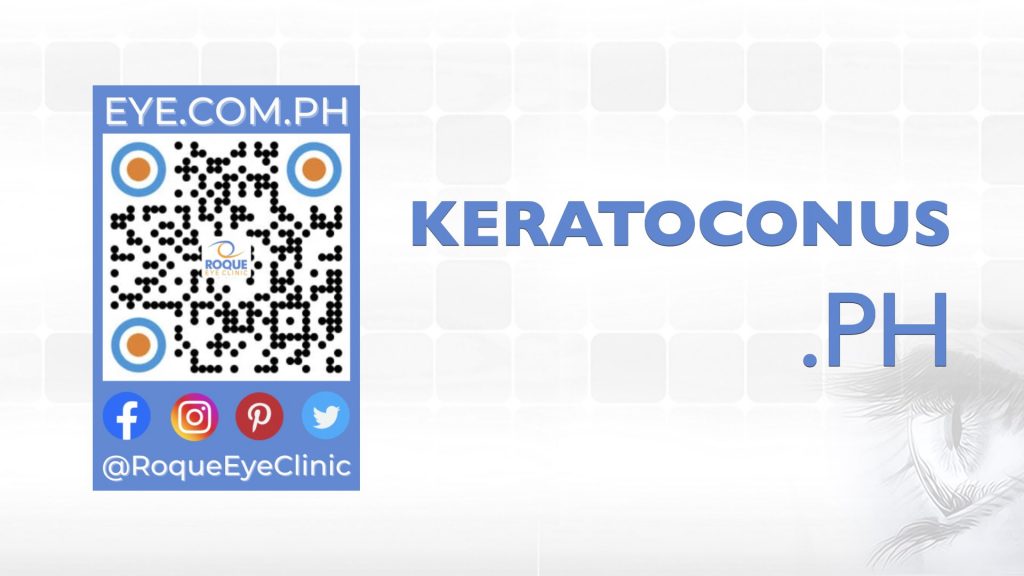
WHAT IS KERATOCONUS?
WHAT IS KERATOCONUS
Keratoconus is degeneration of the structure of the cornea. The cornea is the clear tissue covering the front of the eye. The shape of the cornea slowly changes from the normal round shape to a cone shape. It is a common bilateral corneal condition, occurring in more than 1 in 1000 people, and typically starts in adolescence and early adulthood.
Keratoconus is a disease with an uncertain cause, and its progression following diagnosis is unpredictable. If afflicting both eyes, the deterioration in vision can affect the patient's ability to drive a car or read normal print. Further progression of the disease may lead to a need for surgery.
Despite its uncertainties, keratoconus can be successfully managed with a variety of clinical and surgical techniques, and often with little or no impairment to the patient's quality of life.
Animation | Keratoconus
RISK FACTORS, SYMPTOMS, TREATMENT
RISK FACTORS
The cause is unknown, but the tendency to develop keratoconus is probably present from birth. Keratoconus is thought to involve a defect in collagen, the tissue that makes up most of the cornea. Reported risk factors for keratoconus include eye rubbing, a family history of keratoconus, genetic predisposition, certain systemic disorders such as Down’s syndrome, ocular allergy, connective tissue disease, and long-term rigid contact lens wear. It is usually an inherited corneal disorder, often in an autosomal dominant fashion. This means that approximately 50% of family members may end up with it. But it also can be random with no other family members affected. It affects men and women in equal proportions and is bilateral in 90% of patients.
SYMPTOMS
At early stages, the symptoms of keratoconus may be no different from just having the need for spectacle correction. As the disease progresses, the vision deteriorates. Visual acuity becomes impaired at all distances, and night vision is sometimes quite poor. Some individuals have vision in one eye that is markedly worse than that in the other eye. Some develop photophobia (sensitivity to bright light), eye strain from squinting in order to read, or itching in the eye. There is usually little or no sensation of pain. Keratoconus can cause substantial distortion of vision, with multiple images, streaking and sensitivity to light.
TREATMENT
Contact lenses are the main treatment for most patients with keratoconus. Severe cases may require corneal transplantation as a last resort.
The following newer technologies may delay or prevent the need for corneal transplantation:
- Using high-frequency radio energy or corneal implants called intracorneal ring segments, the shape of the cornea can be changed so that vision with contact lenses is improved.
- Corneal collagen cross-linking causes the cornea to become hard and stops the condition from getting worse. The cornea can then be reshaped with laser vision correction or implanted with phakic toric IOLs.
References:
- Jain A, Paulus YM, Cockerham GC, Kenyon KR. Keratoconus and other noninflammatory corneal thinning disorders. In: Tasman W, Jaeger EA, eds. Duane's Ophthalmology. 19th ed. Philadelphia, Pa: Lippincott Williams & Wilkins; 2009:chap 16C.
- Sugar J, Wadia HP. Keratoconus and other ectasias. In: Yanoff M, Duker JS, eds. Ophthalmology. 3rd ed. St. Louis, Mo: Mosby Elsevier; 2008:chap 4.18.
BOOK AN APPOINTMENT
It takes less than 5 minutes to complete your online booking. Alternatively, you may call our BGC Clinic, or our Alabang Clinic for assistance.


